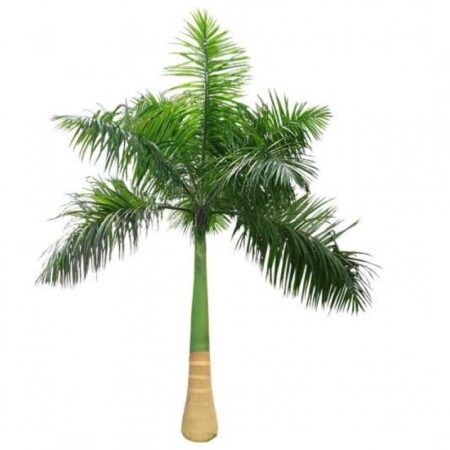The Triangle Palm, scientifically known as Dypsis decaryi, is a distinctive and visually striking palm tree that is native to Madagascar. Here are some key features of the Triangle Palm:
- Appearance: The Triangle Palm is characterized by its unique triangular-shaped fronds. The pinnate leaves grow in the shape of an equilateral triangle, creating a distinctive and aesthetically appealing crown.
- Trunk: The trunk of the Triangle Palm is slender and solitary, and it features a distinctive three-sided triangular cross-section, which is the source of its common name.
- Height: In its natural habitat, the Triangle Palm can reach heights of up to 25 feet (7.6 meters). It’s often smaller in cultivation.
- Leaf Color: The fronds of the Triangle Palm are typically green, and the leaflets are arranged along the edges of the triangular fronds.
- Cultivation: Triangle Palms thrive in tropical and subtropical climates. They require well-drained soil and prefer full sunlight. These palms are often used in landscaping for their unique appearance.
- Hardiness: Triangle Palms are relatively hardy and can tolerate a range of soil conditions. They are suitable for cultivation in areas with warm temperatures and low frost risk.
- Landscaping Use: Due to its striking appearance, the Triangle Palm is popular in landscaping to create focal points in gardens, parks, and public spaces.
- Conservation Status: While not currently listed as endangered, the Triangle Palm is subject to habitat loss in its native Madagascar, where deforestation is a concern.
The unique shape of the Triangle Palm’s fronds sets it apart from many other palm species, making it a sought-after choice for ornamental and landscaping purposes. As with any plant, it’s important to consider the specific growing conditions and care requirements for optimal cultivation.







